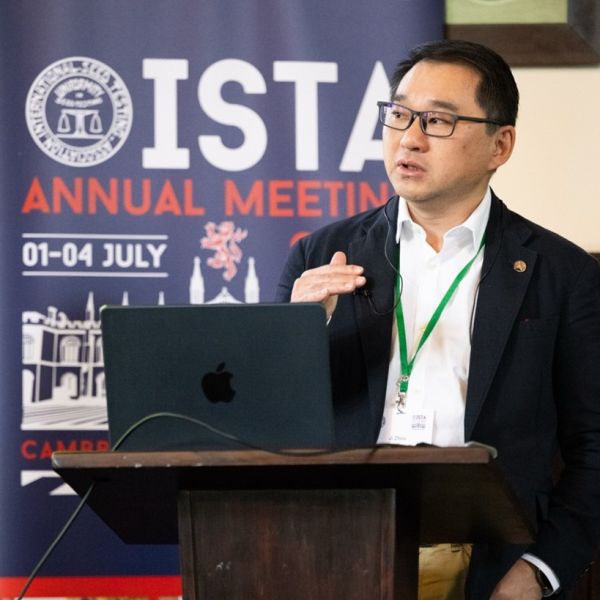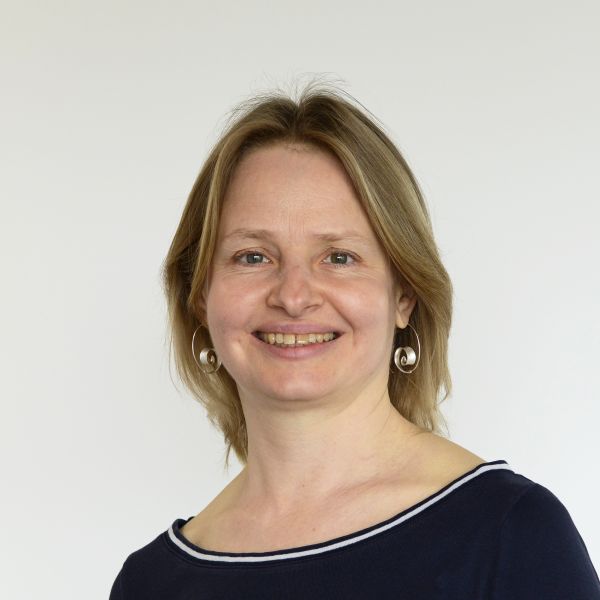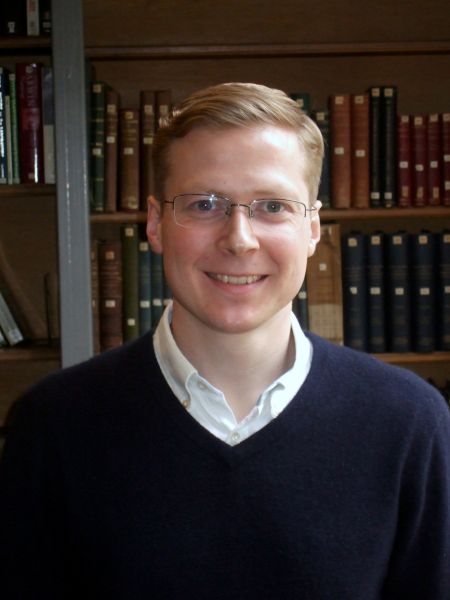Genetic and epigenetic inheritance in plants
The Genetic and Epigenetic Inheritance group investigates plant genome structure, function, and evolution. They have a specific focus on control of meiotic recombination, understanding the mechanism of crossover formation, and what controls the distribution of recombination hotspots and cold regions, including the role of chromatin and epigenetic information. Other areas of interest include using long-read DNA sequencing to assemble repetitive regions of plant genomes and studying the evolutionary dynamics of repeat sequences, including satellites and transposable elements, and investigating the role of epigenetic marks in this.
We study a range of model systems to explore plant genome evolution, including Arabidopsis thaliana, bread wheat (Triticum aestivum), potato (Solanum tuberosum), the green algae Chlamydomonas, and most recently, ancient oak trees (Quercus robur). We are interested in how (epi)pangenomic information can be used to study genome evolution in each of these systems. We are supported by a combination of research grants and active collaborations with agro-biotech companies, including Bayer Biosciences and Solynta.
Research areas
Control of recombination landscapes
Recombination has a profound effect on patterns of natural genetic variation, and we further interested in how sequence polymorphism itself can feedback onto recombination. We have discovered major roles for chromatin in shaping the recombination landscape and we are interested in understanding how euchromatin and heterochromatin influence crossover distributions. As meiotic crossover is a powerful tool used during crop breeding, we are investigating the design of new technologies that allow the level and location of recombination to be precisely controlled, for example, using tethering strategies, including dCas9 and its derivatives.
Genetic and epigenetic control of centromere identity
In addition to recombination, we are actively investigating the structure and epigenetic regulation of centromeres, which are regions of the chromosome required for segregation during cell division. Centromeres are often highly repetitive and complex, creating challenges for their study. However, the advent of long-read sequencing technologies now makes it possible to sequence and assemble centromeres for the first time. We have used long-read technologies to study the genetic and epigenetic structure of plant centromeres, and we are interested in understanding the forces that drive very rapid sequence evolution in these regions, including the activity of centrophilic retrotransposons. We are also interested to explore whether understanding centromere function can facilitate the design of plant artificial chromosomes capable of maintaining themselves in vivo.
About the group leader
Ian is Professor of Genetics and Epigenetics in the Department of Plant Sciences at the University of Cambridge. Since 2008, his group has investigated genetic and epigenetic inheritance in plants, with a focus on meiosis and more recently on centromeres. Prior to arriving in Cambridge, Ian performed post-doctoral research with Prof. Steve Jacobsen (University of California Los Angeles, USA) studying RNA-directed in DNA methylation in Arabidopsis, and completed his PhD with Prof. Dame Caroline Dean (John Innes Centre, UK), where he investigated control of flowering-time by RNA binding proteins. He was elected a member of EMBO in 2022.









